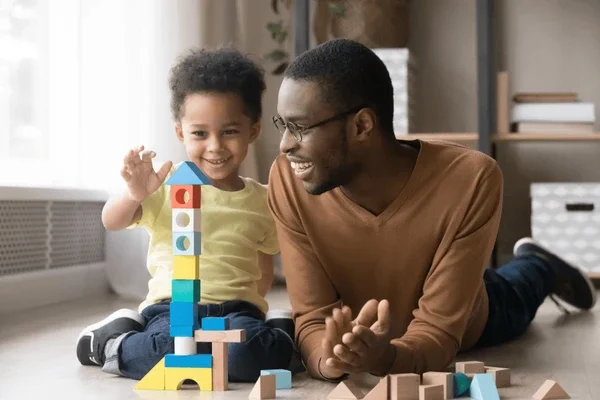Our Research Approaches
We use a number of different approaches in PINE Lab to answer our research questions. We aim to make meaningful measurements of different experiences and environments, biology (especially the brain), thoughts and emotions in different contexts, and behavior. Our studies often use a combination of the following techniques to help us understand the very complicated process of growing up!
Video/Audio Tops
Babies can do a lot, but one thing they can’t do is tell us what they experience as they go through their daily lives. Fortunately, they can show us these experiences from their point of view. We can give babies lightweight tops to wear that hold small audio recorders and/or cameras to record snapshots of what they see and hear in a typical day. This is a really important technique for us to find out what experiences help babies learn and grow in healthy ways!
Magnetic Resonance Imaging (MRI)
MRI is another very safe technology we use to learn about developing brains. Our MRI machine (pictured above!) is state-of-the-art and located in a center designed for research with children of all ages. MRI does not involve any radiation or sedation or drugs. Instead, MRI works like a camera and take pictures of the brain. We’ll take brain pictures while you watch movies or play games or take a nap. We may be biased, but we think these are stunning images. We’ll share these brain pictures with your family if you’d like!
Electroencephalography (EEG)
EEG is a safe technology that measures brain activity from sensors that sit on the skin. These sensors pick up tiny electrical signals that the brain produces all the time. We use EEG systems that fit like little hats and were designed for babies and children. These hats have small, soft sponges that touch your child’s skin, and we soak them in warm water and baby shampoo so your child leaves squeaky clean. Even babies who “won’t wear hats” enjoy our EEG hats. We can show you your child’s brain activity in real time once they’re wearing their hat!
Playtime
Babies and children learn so much from playtime with their caregivers and friends. To help us better understand how and what our little ones learn through play, we may ask you and your family to engage in play during your lab visit. We will ask to record these play sessions so that we can analyze play dynamics safely and securely within the lab. By learning how little ones thrive through play, we hope to share with families everywhere.
Questionnaires
You and your child are the experts about your family! We’d love to have your input about your child’s behavior and development. We’ll ask you to fill out questionnaires that help us learn more about these topics. Your answers provide a rich, more complete picture of your child’s abilities and skills than we could learn just from visits to our lab. We would also like to learn more about what it’s like for you to be a caregiver for your child. We’ll give you questionnaires so you may provide whatever experiences and feelings you feel comfortable sharing, too. Whenever possible, we’ll send our questionnaires ahead of time so you can complete them at your convenience.
Behavioral Assessments
We use standardized behavioral assessments designed to help your child show off their skills (including some you might not have known they had yet!) Your child will interact with one of our trained research associates in a series of activities and games. These assessments let your child show us how they think and communicate. They can also help us identify children who may benefit from additional resources to support healthy development. We’ll discuss your child’s developmental progress with you. If you would like to seek further support for your child, we’ll also provide you with options for next steps and local resources.







